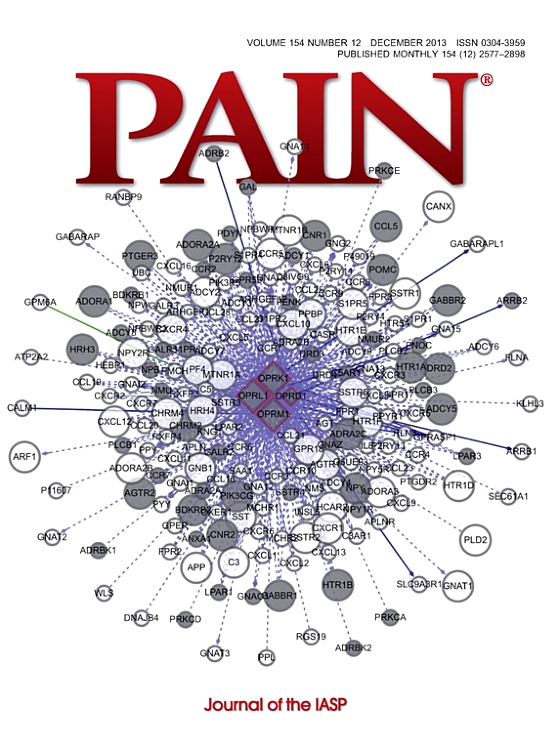How the next 50 years of positron emission tomography can transform our understanding of chronic pain.
IF 5.5
1区 医学
Q1 ANESTHESIOLOGY
引用次数: 0
Abstract
The first modern positron emission tomography (PET) scanner was introduced in 1975-the same year during which the journal PAIN was first published. Over the past 50 years, PET imaging has driven major discoveries in human biology, offering transformative insights into chronic pain. Yet, despite its remarkable versatility, PET remains a relatively underutilized tool in pain research. In this narrative, we explore the vast potential of this imaging technique, envisioning its evolution in the upcoming decades with advancements in scanner technology, novel radioligands, sophisticated data analysis methods, and expanded accessibility. We discuss how these innovations could revolutionize our understanding, diagnosis, and treatment of chronic pain.未来50年的正电子发射断层扫描将如何改变我们对慢性疼痛的理解。
第一台现代正电子发射断层扫描(PET)扫描仪于1975年问世,同年《疼痛》杂志首次出版。在过去的50年里,PET成像推动了人类生物学的重大发现,为慢性疼痛提供了变革性的见解。然而,尽管PET具有显著的多功能性,但它在疼痛研究中仍然是一个相对未充分利用的工具。在这篇文章中,我们探讨了这种成像技术的巨大潜力,展望了它在未来几十年里随着扫描仪技术的进步、新型无线电配体、复杂的数据分析方法和扩大的可访问性的发展。我们将讨论这些创新将如何彻底改变我们对慢性疼痛的理解、诊断和治疗。
本文章由计算机程序翻译,如有差异,请以英文原文为准。
求助全文
约1分钟内获得全文
求助全文
来源期刊

PAIN®
医学-临床神经学
CiteScore
12.50
自引率
8.10%
发文量
242
审稿时长
9 months
期刊介绍:
PAIN® is the official publication of the International Association for the Study of Pain and publishes original research on the nature,mechanisms and treatment of pain.PAIN® provides a forum for the dissemination of research in the basic and clinical sciences of multidisciplinary interest.
 求助内容:
求助内容: 应助结果提醒方式:
应助结果提醒方式:


